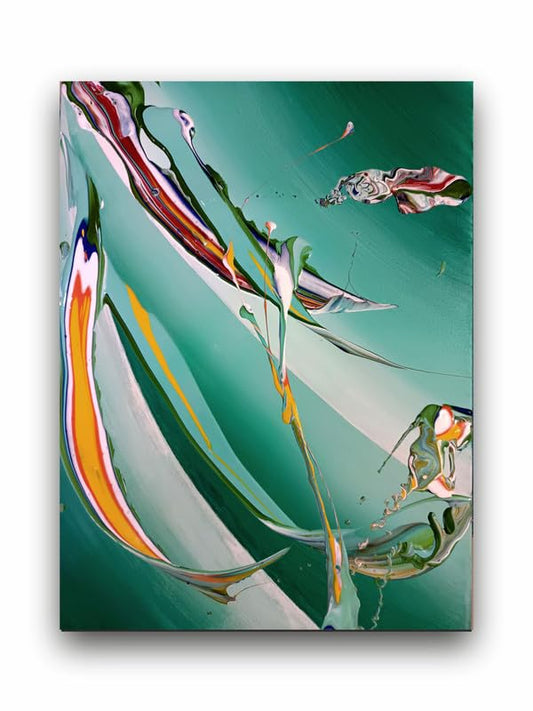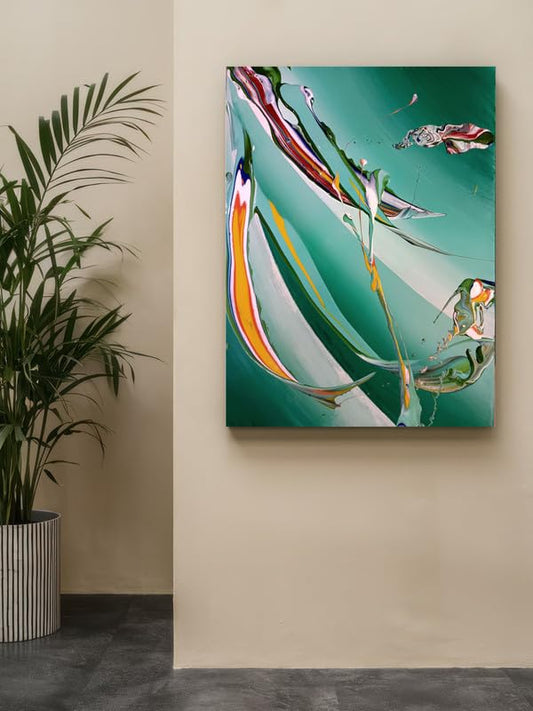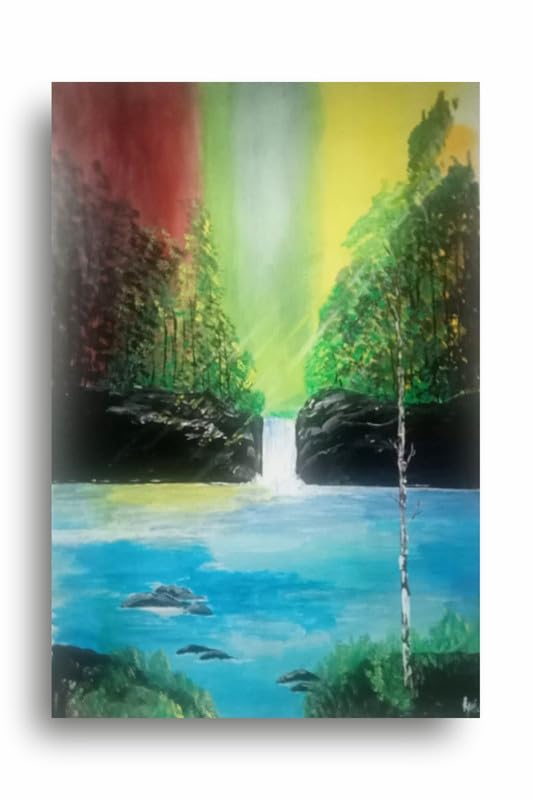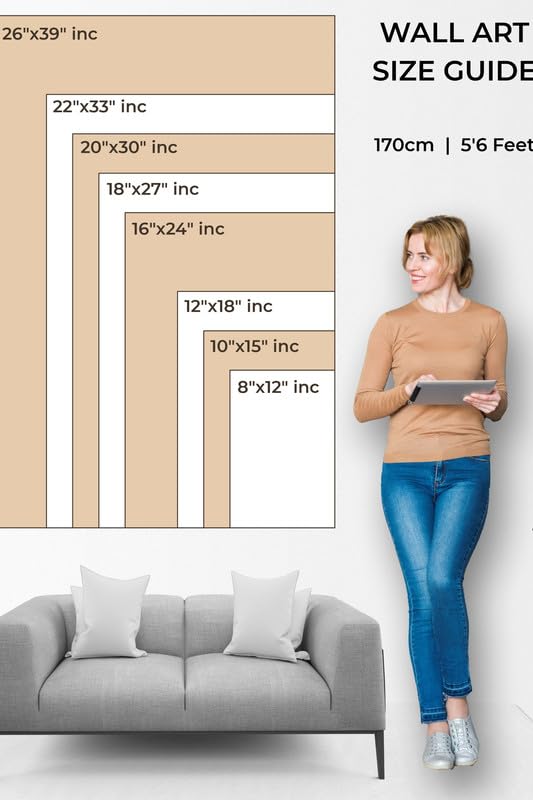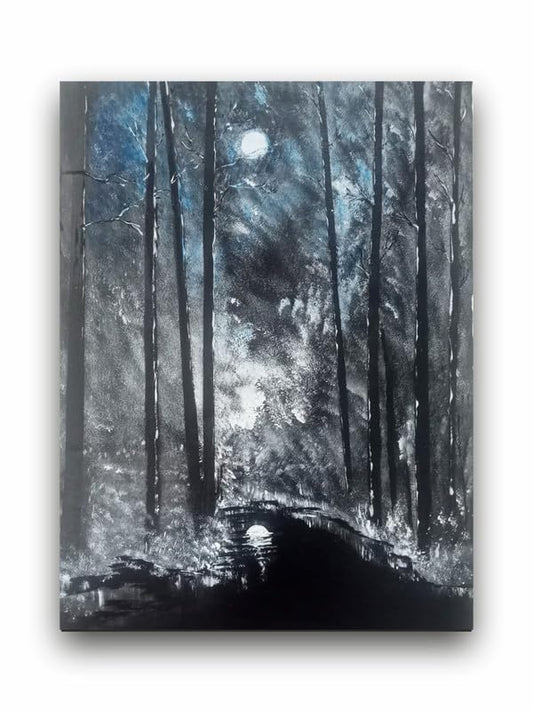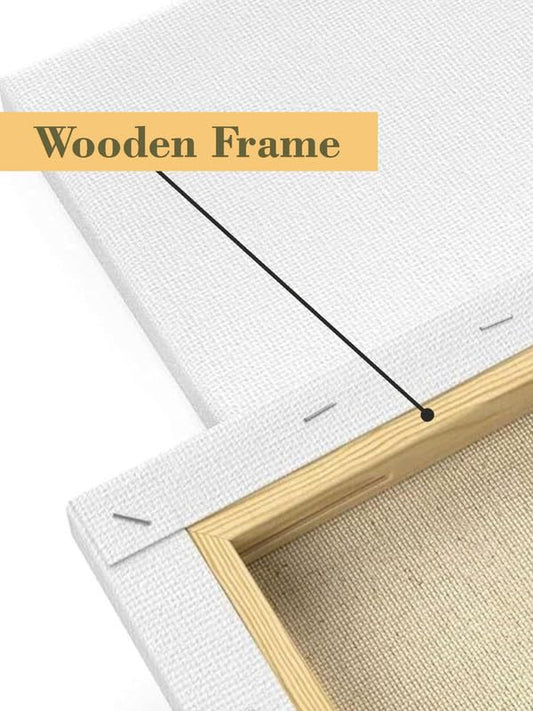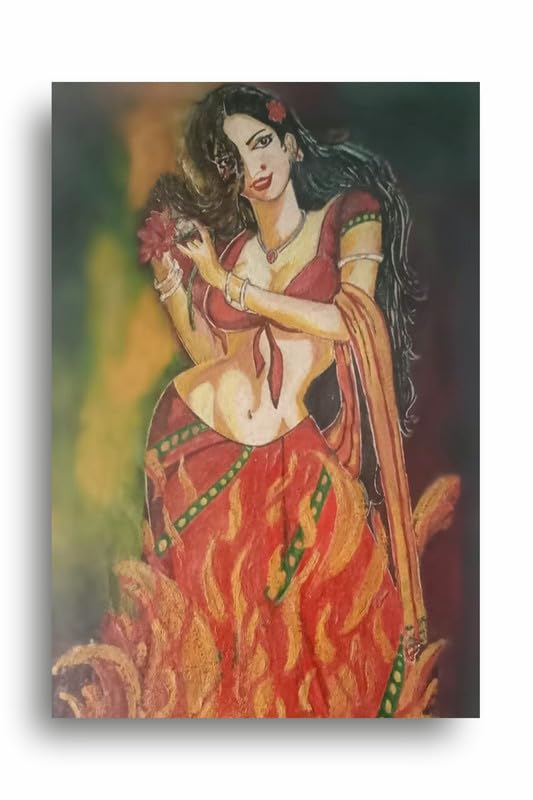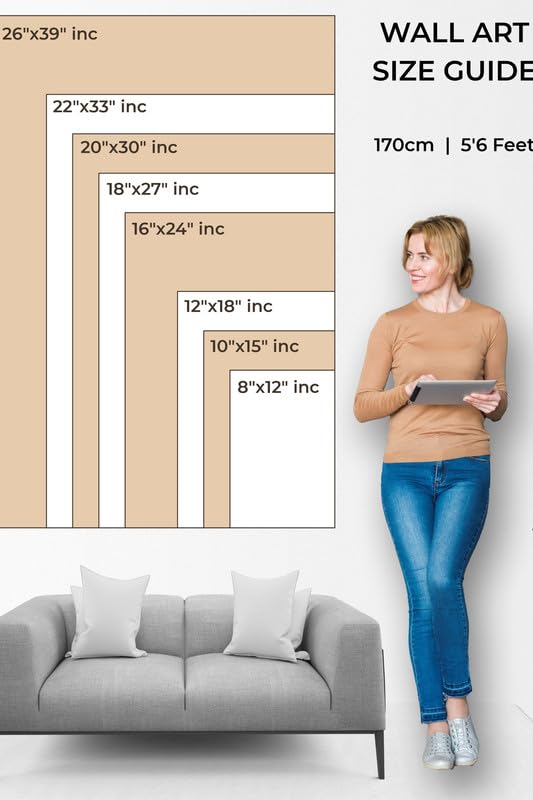
Abstract Art on Modern Fashion
Abstract Art on Modern Fashion
Abstract art, emphasizing colors and shapes with no existing recognizable subject, left an indelible mark on most creative fields, and certainly, it finds a place there in fashion. This sort of art developed within the first centuries of the 20th century was inspiration for designers to cross boundaries and adapt innovative designs that would offer a very different world for the fashion industries.
Among the significant effects of abstract art on fashion, bold expressive colors and geometric patterns are probably the most prominent ones. Indeed, some of the pioneering artists of abstract art, such as Wassily Kandinsky and Piet Mondrian, mostly precede any creativity in dynamic compositions by playing with color contrasts and shapes.
The first to do these are, in fact, the designers Yves Saint Laurent and Elsa Schiaparelli, results of which are very striking through abstract prints and color-blocking in modern clothes. Such styles continue to resonate with contemporary fashion as is evident from collections of Alexander McQueen and Raf Simons, which create artsy, avant-garde items that challenge ideas of beauty and form.
Abstract art also enhances a more experimental approach in the fashion design world. In abstract art, one is not held to the realism factor, so when fashion designers get inspired by this style, they take their freedom in designing unusual silhouettes and fabric choices and try out all possible textures that they can use. The style has also been used through the years by the likes of the duo Jean Paul Gaultier and Comme des Garçons from the earliest days of abstractism to provide stylish avant-garde articles of clothing. The result was clothing that felt more wearable art—the kind designed to be thought-provoking and emotive, not unlike an abstract painting.
Abstract art was also one of the elements of street style. Free-spirited and with no representational value, abstract art inspired various splashy colors and bold prints applied in street fashion. Casual-with-a-twist yet bold pieces were born in the fusion of artistic creativity with everyday wearable products into the street fashion world, thanks to and on top of this movement-urban designers and high-street brands.
In conclusion, abstract art has truly had a deep impact on modern fashion. From haute couture to streetwear, abstract art inspires designers to produce pieces that are not only practical but also demonstrate emotion, creativity, and traditional aesthetics, which they have constantly challenged by breaking the traditional forms and becoming free to use spontaneity and expression in them.
Abstract Art on Modern Fashion

